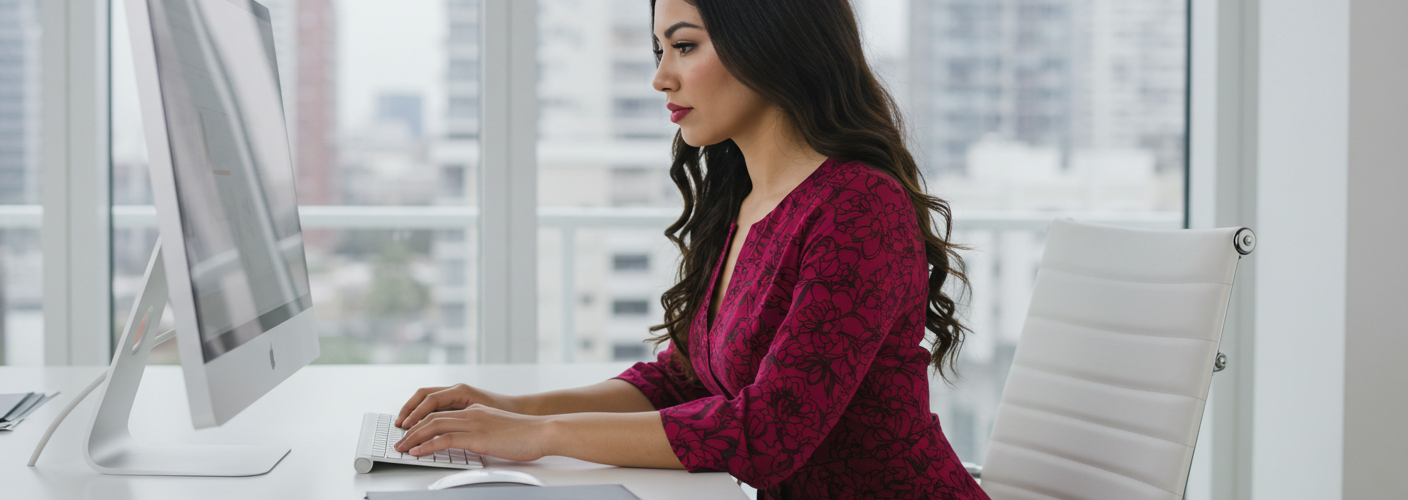In recent updates, one of the most frustrating changes to user experience involves the taskbar functionality. Once a feature that many of us took for granted, the taskbar appears to have devolved into a source of irritation rather than a handy tool for productivity. The ability to customize our interface has been significantly diminished, especially with the controversial decision to force the taskbar into a predetermined position at the bottom of the screen, which eliminates the flexibility many users enjoyed in the past. This has led to the rise of a hashtag that encapsulates our frustration: #taskbaratattopmasterrace.
The essence of the issue is clear—one of the most fundamental problems is how the auto-hide feature of the taskbar, once a useful tool for maximizing screen space, has become a nuisance. Users now experience the taskbar popping up at the slightest nudge, with the cursor merely brushing against the bottom edge of the display. This isn’t just an inconvenience; it renders the bottom section of applications and web pages virtually inaccessible, making routine tasks increasingly arduous.
Imagine this: you’re working on your latest project, and you need to click a link or utilize a toolbar that rests at the bottom of your application. You navigate your cursor down, intent on completing your task, only for the taskbar to spring back to life, blocking your view and impeding your ability to interact with those crucial elements. This constant annoyance disrupts your workflow. Instead of easily accessing links, buttons, or functionalities, you find yourself wrestling with the user interface—a scenario no one should have to endure in this age of advanced technology.
The problem becomes even more pronounced in various applications and browsers. It seems that developers and software teams may not have fully realized how significantly the taskbar functionality impacts user experience. Bottom toolbars in design applications, editing software, and even basic web browsers are essential for interaction. The user interface should enhance productivity, not hinder it. Yet, the taskbar’s deceptive proximity stifles efficiency and leads to unnecessary frustration.
With the #taskbaratattopmasterrace hashtag gaining traction, it’s evident that many users share in this collective annoyance. The idea of placing the taskbar at the top of the screen isn’t merely a fad; it stems from a desire for practicality. By positioning the taskbar at the top, users can free themselves from the anxiety of the taskbar appearing whenever they approach the bottom of the screen. This simple change can dramatically alter the experience of using a device, especially for those who rely on their screens for productivity or creative work.
Moreover, what complicates the issue further is the apparent unwillingness of software updates to address user concerns. Instead of rolling back or refining the auto-hide feature, updates seem to prioritize visual aesthetics over practical functionality. For many, it feels like a step backward, particularly when user feedback who had previously appreciated customizability appears to be overlooked. The insistence on certain design choices without offering alternatives fosters a growing disdain among users who feel their preferences and needs are being ignored.
Rethinking the taskbar design and functionality could provide an opportunity for developers to better cater to their user base. Imagine a scenario where the taskbar’s auto-hide feature could be adjusted according to user-specific parameters. For instance, it might allow users to set proximity thresholds—giving them the option to control at what distance the taskbar becomes visible. Such a customizable feature could significantly improve user experience, allowing for the necessary screen space while still providing quick access when needed.
Additionally, integrating user feedback mechanisms directly within the taskbar settings could open a channel for direct communication between developers and users. By encouraging actionable feedback, software teams could better understand how real users interact with their platforms. This can foster innovation and lead to improvements that smartly balance style with functionality.
A more nuanced approach would involve understanding that different users have different workflows. Designers, writers, developers, and casual users each have unique requirements, and a single default setting will never fit all. Giving users more control over their user interface doesn’t just alleviate frustration; it empowers them. After all, a tool that works well for a user is far more valuable than one that simply looks good on the surface.
As we navigate an ever-evolving digital landscape, our tools should evolve with us. The taskbar needs to regain its rightful place as a resource for productivity rather than a barrier to it. Addressing the issues surrounding its auto-hide functionality and allowing users more control over their interface can, and should, lead to a better overall experience for everyone.
In summary, the emergence of issues with the taskbar highlights a crucial point of user experience—functionality and accessibility matter. The hope is that by amplifying these conversations through hashtags like #taskbaratattopmasterrace, developers will be encouraged to listen, adapt, and improve. After all, it isn’t just about how sleek the user interface looks; it’s about how seamlessly it fits into our daily lives. We deserve tools that work for us—not against us. Let’s advocate for these changes, not just for ourselves, but for all who seek an enhanced computing experience.





Add comment